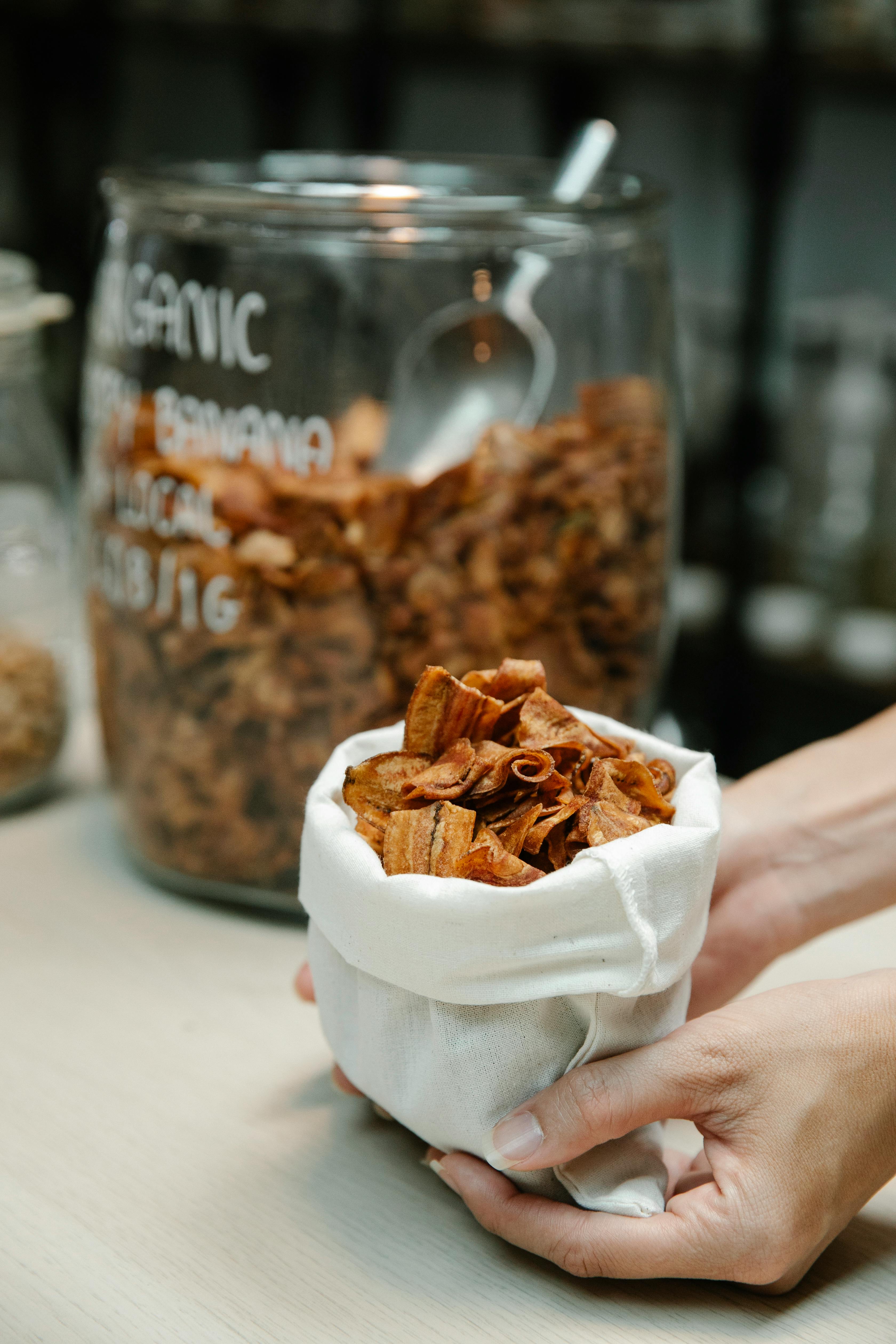Practical Guide to Diet After Heart Attack and Stents in 2025

Essential Guide to Heart-Healthy Diet After Heart Attack and Stents
After experiencing a heart attack or undergoing stent placement, adopting a heart-healthy diet becomes crucial for recovery and overall cardiovascular health. These dietary changes not only aid in healing but also significantly enhance heart disease prevention efforts. When considering post-heart attack nutrition, the focus should be on consuming nutrient-dense foods, including low-cholesterol foods, fruits and vegetables, whole grains, and lean proteins. This article provides a comprehensive roadmap for meal planning and dietary adjustments necessary for managing your heart health post-recovery.
Through this guide, you'll discover vital information about portion control, hydration, healthy snacking options, and the role of different food categories like healthy fats and high-fiber foods. Additionally, we'll discuss how to read food labels, the importance of a Mediterranean diet, and practical tips for maintaining a heart-healthy lifestyle going forward. By implementing these strategies, individuals can expect to enhance their recovery journey while successfully managing their diet for lifelong heart health.
Key takeaways from this article include understanding how to maintain balanced meals, the significance of regular meal times, and incorporating physical activity into your daily routine. Let’s begin this journey towards better health.
Understanding the Fundamentals of a Heart-Healthy Diet
Building on the understanding of heart health, it's essential to define what constitutes a heart-healthy diet. This diet focuses on reducing the intake of foods high in saturated fats, trans fats, cholesterol, and sodium, which are contributors to heart disease. Instead, individuals should emphasize a diverse array of foods that support cardiovascular health and enhance healing post-heart attack.
Key Components of Heart-Healthy Eating
A heart-healthy eating pattern includes a focus on:
- Fruits and Vegetables: These are rich in antioxidants and crucial vitamins that help reduce inflammation and oxidative stress.
- Whole Grains: Foods like brown rice, quinoa, and whole-grain bread are loaded with dietary fiber, which is important for managing cholesterol levels.
- Lean Proteins: Skinless poultry, fish (especially those rich in omega-3 fatty acids), beans, and legumes provide essential nutrients without adding excessive saturated fat.
- Healthy Fats: Opt for monounsaturated fats such as olive oil, as well as nuts and seeds that promote heart health.
Transitioning to this diet can significantly influence heart recovery and overall wellness. Alongside dietary changes, it’s important to monitor your overall health, including weight management and cholesterol levels. This naturally leads us to the critical roles of meal planning and understanding food labels.
Meal Planning for Heart Health
Effective meal planning can simplify the transition to a heart-healthy diet. Start by establishing a weekly meal framework that includes:
- Balanced Meals: Aim for meals that consist of a protein source, whole grains, and a variety of colorful vegetables.
- Portion Control: Be mindful of serving sizes to prevent overconsumption of calories and fats.
- Hydration: Stay hydrated using heart-friendly beverages, primarily water, and limit sugary drinks.
By implementing meal planning, not only is it easier to follow a nutritious diet, but it can also alleviate the stress of food choices during recovery. Understanding how to read nutrition labels ensures that the foods chosen align with heart-healthy objectives. Connected to this principle is the investigation of specific food groups essential for heart health.
Incorporating Heart-Friendly Foods into Daily Meals
With these basics established, introducing heart-friendly foods into daily meals is paramount. Foods rich in fiber, such as oats, legumes, and vegetables, should become staples in your diet.
Recognizing High-Fiber Foods
Dietary fiber plays a crucial role in lowering cholesterol and supporting digestive health:
- Beans and Lentils: These are fantastic sources of protein and fiber, enhancing overall heart health.
- Whole Grain Products: Foods such as whole grain bread and cereals contribute to daily fiber intake and improve digestive function.
- Fruits and Vegetables: Incorporate various colors to ensure a broad spectrum of nutrients and antioxidants.
Moreover, understanding the benefits of specific foods like legumes and oats can transform your meals into heart-healthy powerhouses. Taking this concept further brings us to the subject of healthy fats and protein sources.
Exploring Healthy Fats and Lean Proteins
It’s crucial to differentiate between types of fats when adopting a heart-healthy diet:
- Healthy Fats: Include sources of monounsaturated and polyunsaturated fats, such as avocados, and fatty fish, which are beneficial for heart health.
- Lean Proteins: Chicken, turkey, plant-based proteins, and fish should be prioritized over red meats, which can raise cholesterol levels.
- Limit Saturated and Trans Fats: By reducing red meats and processed foods containing trans fats, individuals can enhance their cholesterol management.
Identifying these food sources is integral to maintaining cardiovascular health. Incorporating them into balanced meals guarantees not just a heart-friendly diet but also a sustainable eating solution. Next, we will look into the importance of cooking methods and how they affect heart health.
Healthy Cooking Methods and Food Safety
Once heart-healthy foods are selected, how they're prepared also matters greatly in your recovery diet. Implementing healthy cooking methods can preserve the nutritional value of meals while avoiding harmful alterations.
Cooking Techniques for Heart Health
Adopting effective cooking techniques can reduce unnecessary fats and calories:
- Grilling, Baking, and Steaming: These methods help retain the integrity of vitamins and minerals in foods without the need for excessive oils.
- Using Herbs and Spices: Flavor meals with natural herbs instead of salt to encourage sodium reduction effectively.
- Meal Preparation: Prepare meals in advance to control ingredients and portion sizes, ensuring adherence to heart-healthy principles.
Food safety is equally essential during this stage; ensuring utensils and cooking surfaces are sanitary helps avoid foodborne illnesses. This careful approach naturally brings about the conversation surrounding snacking and hydration while adhering to heart-healthy principles.
Healthy Snacking and Hydration Tips
Having explored meal preparation and cooking, let’s delve into heart-friendly snacks and the significance of proper hydration.
Choosing Heart-Friendly Snacks
Healthy snacking can enrich your nutritional intake between meals without disrupting dietary goals:
- Avoid Processed Snacks: They often contain unhealthy fats and added sugars.
- Healthy Options: Choose raw nuts, seeds, Greek yogurt, and fruits as quick and nutritious snacks.
- Hydrating Foods: Incorporate foods with high water content, such as cucumbers and oranges, to aid in hydration.
Maintaining adequate hydration levels through water intake is essential for cardiovascular health as it helps in regulating blood pressure and enhancing energy levels. Following this, let's address the importance of regular meal times and mindful eating as part of recovery and lifestyle changes.
The Importance of Routine and Mindfulness in Eating
After a heart attack, establishing regular meal times can foster stability in dietary patterns, further supporting heart health.
Establishing Regular Meal Times
Regularly scheduled meals not only provides structure to your diet but also helps with:
- Managing Hunger: Regular meals can prevent overeating and stabilize blood sugar levels.
- Mindfulness in Eating: Taking time to eat can enhance enjoyment and promote digestion.
- Reducing Emotional Eating: Awareness of eating patterns can aid in addressing emotional eating triggers that may arise during recovery.
Incorporating these strategies into daily life can significantly enhance the effectiveness of dietary changes. Moving forward, let's explore the roles of physical activity and additional lifestyle changes pivotal to heart health success.
Physical Activity and Lifestyle Changes for Optimal Heart Health
Physical activity is an essential component of a heart-healthy lifestyle following recovery. When paired with nutritious eating habits, it reinforces cardiovascular health and weight management. Let’s examine effective strategies for integrating activity into your routine.
Exercise Tips for Heart Health
Implementing a fitness regimen that is safe and enjoyable encourages adherence:
- Start Slowly: Gradually increase activity levels based on personal comfort and doctor’s recommendations.
- Diverse Activities: Engage in various exercises, including walking, swimming, and cycling, to maintain interest.
- Incorporating Strength Training: Add muscle-strengthening exercises at least twice weekly to boost metabolism and support cardiovascular strength.
In addition to physical activity, lifestyle changes like smoking cessation, stress management, and social support are vital in maintaining health. Let’s now address some common questions regarding nutrition and recovery post-heart attack.
Q&A Section on Diet After Heart Attack
What foods should I avoid after a heart attack?
It is important to avoid foods high in saturated fats, trans fats, and sodium. Processed snacks, fast foods, and sugary drinks should be eliminated wherever possible.
How can I ensure I’m getting enough nutrients?
Focus on a well-balanced diet rich in fruits, vegetables, whole grains, and lean proteins. Consulting a registered dietitian can help tailor your dietary plan to meet your specific needs.
Are there supplements I should consider?
Discuss with your healthcare provider about possible nutritional supplements like omega-3 fatty acids, vitamins, and minerals that may support recovery. Always prioritize getting nutrients from whole foods when possible.
How can I manage cravings while following a heart-healthy diet?
To manage cravings, ensure you eat regularly and include satisfying foods high in fiber and protein. Mindful eating techniques can also help to recognize and control your cravings better.
Can I still enjoy meals out while following this diet?
Yes, dining out can be part of a heart-healthy lifestyle. Opt for healthier menu items, control portion sizes, and ask about cooking methods to make informed choices.
Conclusion
Throughout this guide, we have discussed the significance of adopting a heart-healthy diet following a heart attack or stent placement. By implementing strategies such as meal planning, understanding food labels, and incorporating a variety of healthy foods, individuals can support their recovery while preventing future heart issues. Remember, transitioning to a heart-healthy lifestyle is not just about the immediate changes you make, but also about fostering long-term habits that promote cardiovascular wellness. Together, we can embrace these lifestyle changes confidently.

 ```
```